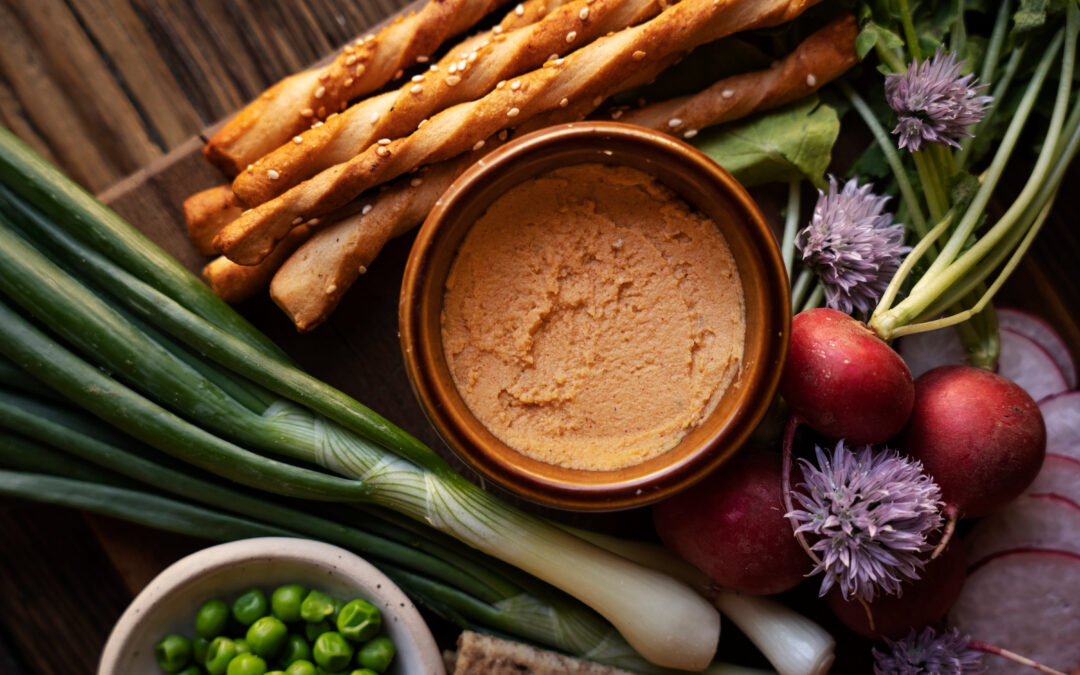Superfoods That Boost Energy Naturally
Harnessing Nutrient Power for Vibrant Living
Fatigue has become a common complaint in our fast-paced world, but nature offers powerful allies in the form of superfoods — nutrient-dense ingredients that not only fuel your day but also support long-term wellness. Whether you’re navigating hormonal shifts, juggling work and family, or seeking more natural vitality, these foods can offer a powerful boost.
Here are some of the most potent, research-backed superfoods that elevate energy levels without the crash of caffeine or sugar.
1. Maca Root: The Ancient Adaptogen
Maca is a Peruvian root long used for energy, endurance, and hormonal balance. It’s classified as an adaptogen, helping the body resist physical and mental stress.
-
How it helps: Maca supports adrenal health and improves stamina, making it a go-to for natural energy.
-
Research insight: A study published in the Journal of Ethnopharmacology (2009) found that maca improved mood and energy in healthy individuals over a 12-week period.
How to use: Add maca powder to smoothies, oatmeal, or plant-based energy balls.
2. Spirulina: The Algae Powerhouse
Spirulina is a blue-green algae loaded with protein, iron, B vitamins, and antioxidants. It’s one of the most nutrient-dense foods on the planet.
-
How it helps: Its high iron and protein content support oxygen transport and muscle function, both key for lasting energy.
-
Research insight: A 2010 study in Medicine & Science in Sports & Exercise found that spirulina supplementation improved exercise performance and reduced fatigue in athletes.
How to use: Blend into juices or green smoothies, or take in tablet form.
3. Leafy Greens: The Natural Oxygenators
Spinach, kale, arugula, and swiss chard are packed with magnesium, iron, folate, and chlorophyll, all of which support cellular energy production.
-
How it helps: Iron and folate support red blood cell production, while magnesium is essential for ATP (energy) production in cells.
-
Research insight: According to the NIH, magnesium plays a crucial role in over 300 enzyme systems, many of which are involved in energy metabolism (NIH Fact Sheet on Magnesium, 2021).
How to use: Sauté with garlic, toss into salads, or blend into a green juice.
4. Berries: Antioxidant-Rich Fuel
Blueberries, raspberries, strawberries, and blackberries are rich in vitamin C, fiber, and polyphenols, which reduce oxidative stress and support mitochondrial health.
-
How they help: Berries help reduce inflammation, enhance blood flow, and protect the body’s energy factories—mitochondria.
-
Research insight: A 2012 Harvard study (Annals of Neurology) linked high berry intake to slower cognitive aging and better brain function, indirectly supporting mental energy and focus.
How to use: Eat fresh, frozen, or as a topping on chia pudding, yogurt, or oatmeal.
Putting It All Together
For a natural energy boost, try this Superfood Smoothie Combo:
-
1 tsp maca powder
-
1 tsp spirulina
-
1 handful spinach
-
½ cup mixed berries
-
1 banana
-
1 cup unsweetened almond milk
Blend and enjoy a revitalizing, hormone-friendly energy drink!
Final Thoughts
Instead of reaching for caffeine or energy drinks, look to nature’s bounty. These superfoods nourish your body on a cellular level, supporting not just daily vitality, but long-term wellness for both men and women. At Vitalis Origin, we believe true energy comes from within—nourished by whole foods, balanced hormones, and intentional living.
References:
-
Gonzales, G.F., et al. (2009). Maca (Lepidium meyenii) improved energy and mood. Journal of Ethnopharmacology, 123(3), 532–538.
-
Kalafati, M., et al. (2010). Ergogenic and antioxidant effects of spirulina supplementation. Medicine & Science in Sports & Exercise, 42(1), 142–151.
-
NIH Office of Dietary Supplements. Magnesium Fact Sheet for Health Professionals (2021).
-
Devore, E. E., et al. (2012). Dietary intakes of berries and flavonoids in relation to cognitive decline. Annals of Neurology, 72(1), 135–143.

